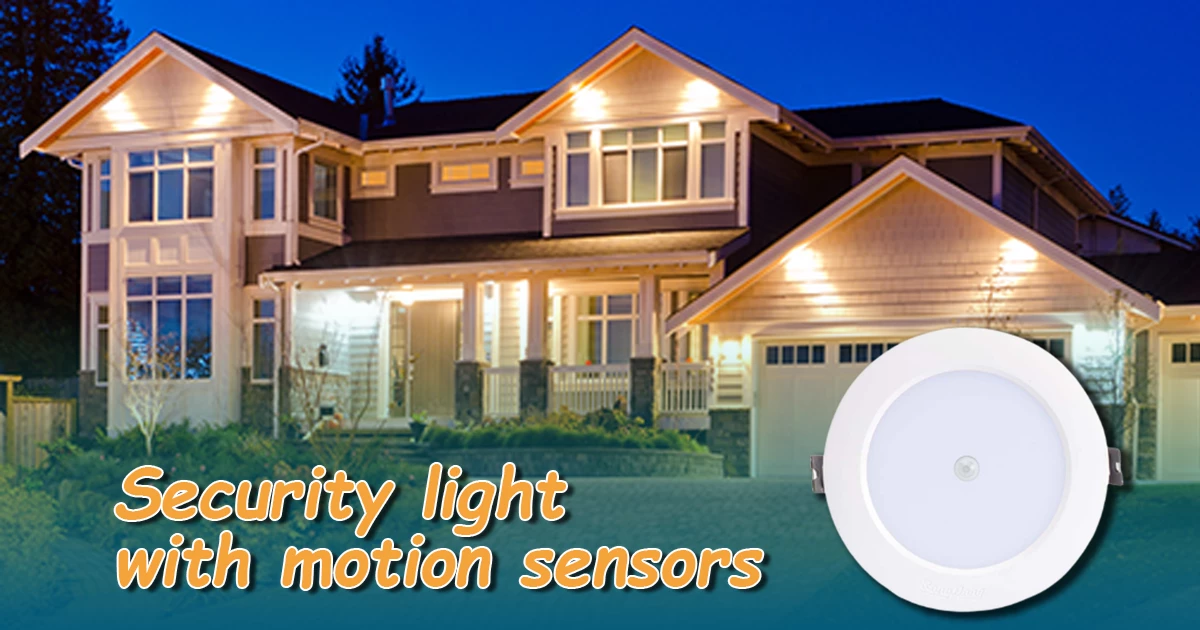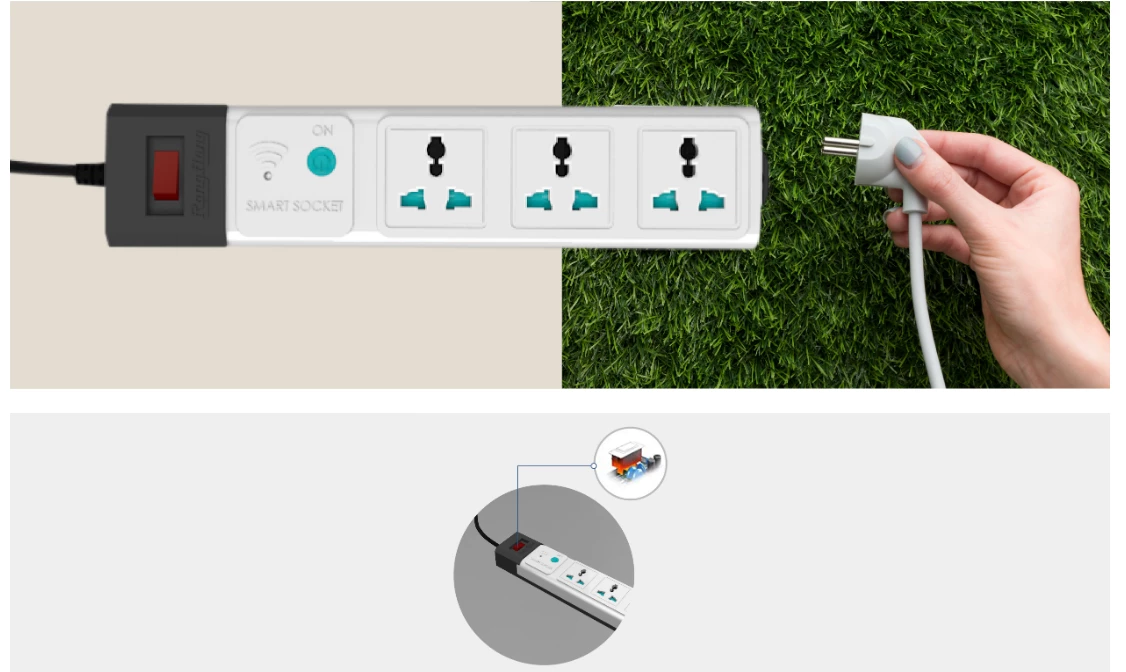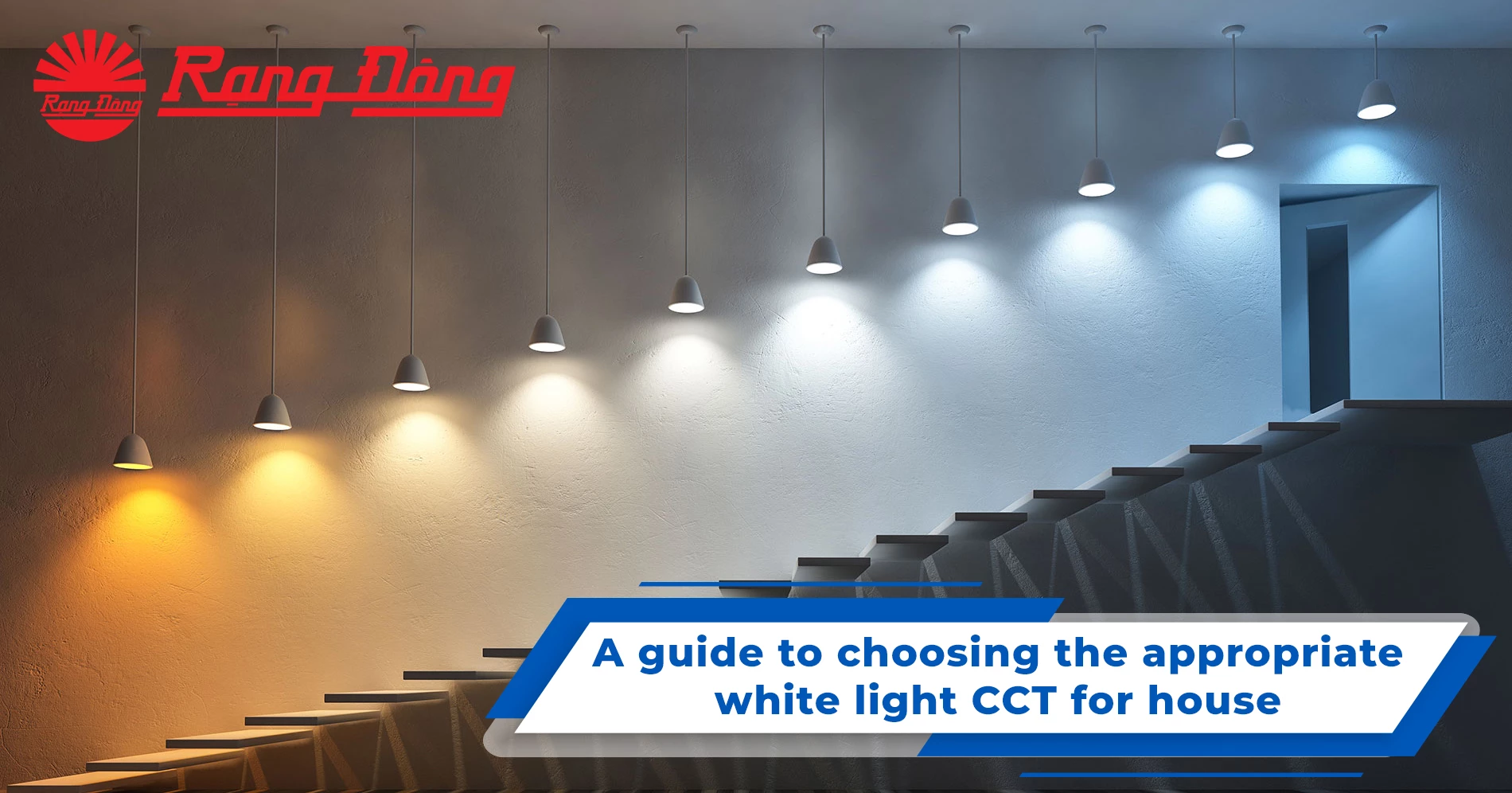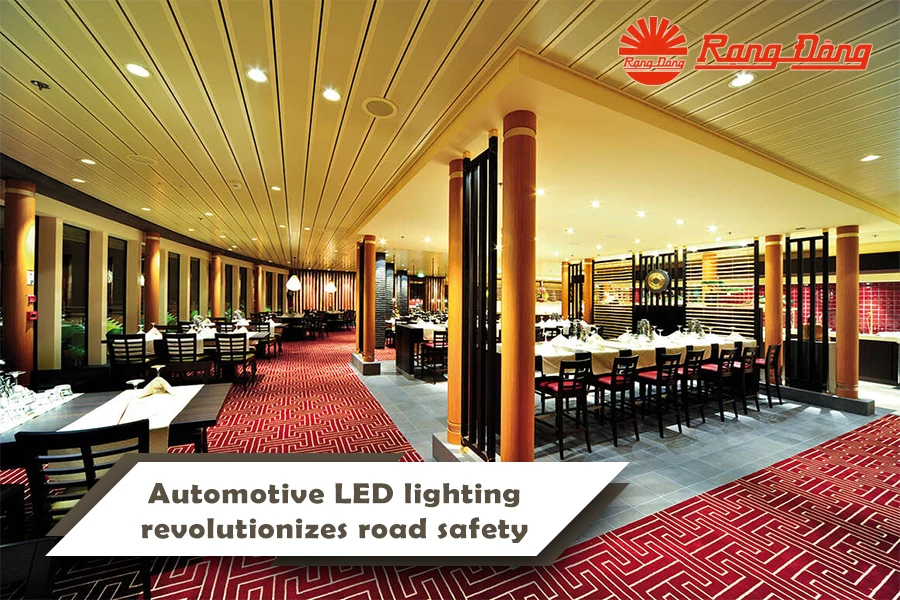
Lighting for well-being increases happiness
These days, stress and anxiety often seem to be the norm, so finding ways to boost our well-being and happiness is more crucial than ever. While many factors influence our mental and emotional states, one often overlooked aspect is lighting. Believe it or not, the type and quality of lighting in our environment can significantly improve overall well-being and bring happiness. Let’s explore how lighting for well-being can make a positive difference in our life.
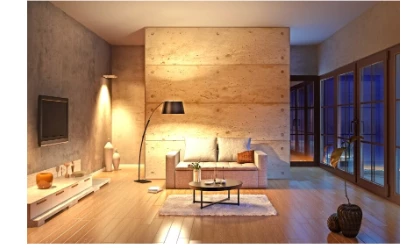
Warm lights are ideal instruments to help create a cozy and relaxing atmosphere.
Impact of lighting on well-being
Enhancing mood
Lighting has the power to evoke emotions and influence on our mood. Natural light, for instance, has been linked to improved mood and reduced symptoms of depression. It helps regulate our circadian rhythms, leading to better sleep patterns and a more positive outlook on life. On the other hand, harsh or fluorescent lighting can induce feelings of discomfort and anxiety.
Boosting productivity
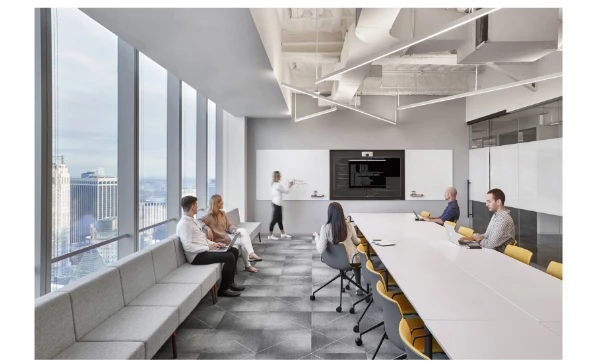
Elevated color contrast and glare from computer screens can lead to headaches and contribute to eye fatigue.
The right lighting can enhance productivity and concentration. Well-lit workspaces have been proved to reduce eye strain and fatigue, making it easier to focus on tasks. Adjustable lighting, such as task lighting, allows us to customize our environment to suit the specific activity.
Reducing stress
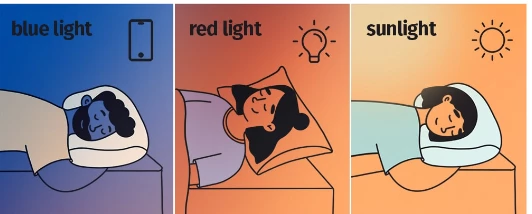
Lighting for well-being comprises suitable light for best sleep quality.
Soft and warm lighting can create a calming atmosphere that reduces stress levels. This is particularly important in spaces like bedrooms and living rooms, where relaxation is key. Dimmer switches and warm-colored bulbs can be ideal choices in creating a soothing environment.
Positive impact on physical health

High CRI lamps can enhance visual clarity and minimize eye strain by presenting true colors of illuminated objects.
Proper lighting also has tangible effects on physical health. It can reduce the risk of accidents and falls, especially in elderly individuals. Moreover, adequate lighting can positively influence our eating habits, making it easier to choose healthier foods and maintain a balanced diet.
Implementing lighting for happiness
Utilizing natural light
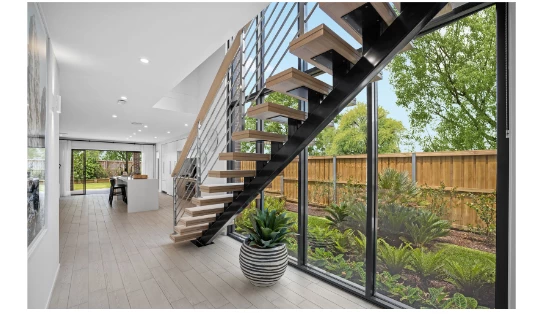
Placing large windows, skylights and glass doors throughout the home design can maximize natural light.
Whenever possible, maximize natural light in our home or workspace. Position desks or seating areas near windows to benefit from sunlight. Consider installing skylights or solar tubes in areas with limited access to natural light.
Customizing the light temperature
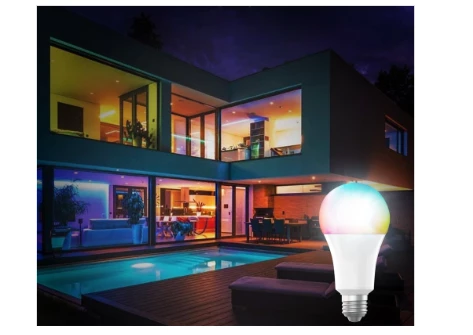
Smart bulbs can change color temperature based on the time of day.
Cooler, bluish-white light is suitable for tasks requiring concentration, while warmer, yellowish light is ideal for relaxation. Use adjustable fixtures or smart bulbs to switch between color temperatures. We also can invest in lighting controls such as dimmer switches or smart lighting systems.
Consulting interior or lighting design expert
Consider consulting a lighting designer for a well-thought-out lighting plan tailored to our own space and lifestyle. They can help choose fixtures, bulbs, and placements that enhance both aesthetics and well-being.
In conclusion, lighting for well-being is not merely a design trend but a science-backed approach to improving our quality of life. By understanding the profound impact that lighting has on mood, productivity, and overall health, people can adjust lights to maximize the benefits of their living or working space.
Should you have any questions or request a quotation of Rang Dong products, please send us an email to: export@rangdong.com.vn.
Websites: en.rangdong.com.vn and vacuum flask.rang dong.com.vn.




